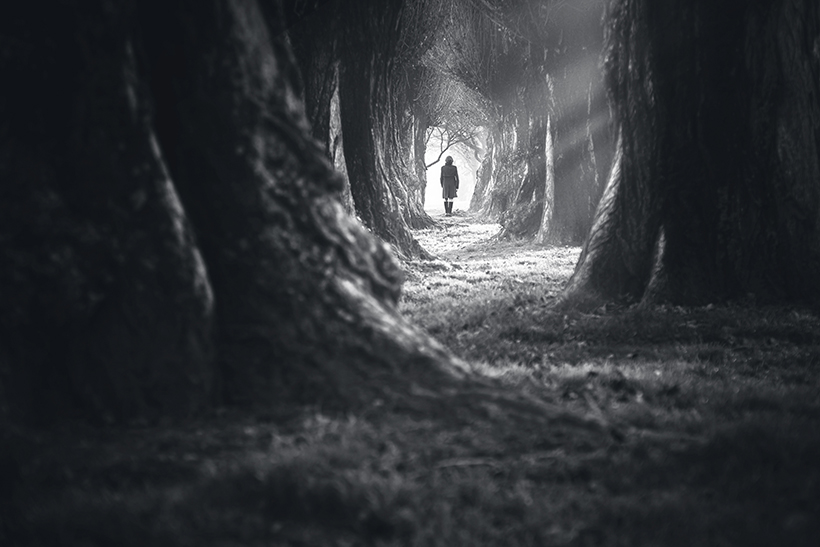“It’s a natural human urge to protect our kids from everything that could hurt them—and it’s an urge we seem to be indulging in more and more these days.” —“9 Children’s Books That Terrified Us”
As a result, some wonder why we should scare children with what they read. “The Importance of Scaring Children” responds, “It’s about helping them deal with and understand their own fears.” Also, “children’s literature has long engaged with weighty cultural issues, complex sociopolitical concerns, and even graphic violence.” (“A Role for Children’s Literature”).
Children’s fiction is constantly evolving and a question often posed is: Is there anything that we shouldn’t write about when we write for children? Is there any subject that is off-limits? If we include YA in this question then I think that the answer is probably: no. If it happens to people and it happens in families and it’s a part of life—then it’s probably been or being written about for children. (“How Dark Is Too Dark in Children’s Literature”)
The bottom line is that we owe our young students texts that, as Renita Schmidt says in her chapter (p. 91) of the NCTE book Reading Challenging Texts: Layering Literacies Through the Arts,
help children and young adults learn about the world and consider ethical decisions people make within human circumstances, . . . that require sensitivity and empathy from anyone who reads them, talks about them, or uses them to understand more about who they might become in the world.
Brittany Rose Collins offers great advice about teaching dark and difficult literature in her article in English Journal,
Embracing discomfort seizes suffering, allowing it to become “clay,” as noted above, in the perpetual molding that is the learning process. . . .
Though many teachers struggle with an impulse to shield their students from material that is dark or painful, literature, at its core, entertains the multivalent truths of reality—the burning, laughing, weeping sides of life—that must encompass honest suffering. How, then, are English educators to apply rhetoric of “self-care” in their classrooms while keeping the integrity of literature intact? . . .
There is no need to coddle or pretend. We educators never know what characters cross our paths, what conflicts they have encountered in their plots. We can mend and stitch by parsing paragraphs, by guiding the slow and steady pursuit of analysis, and by honoring students’ stories, encouraging them to express what it is they carry into our classrooms.
So what do you do if someone complains that the literature you teach is too dark? Jennifer Buehler in NCTE’s Teaching Reading with YA Literature: Complex Texts, Complex Lives offers talking points to refute the challenge (p. 147):
We respond by saying, Look at the issues we can explore with young people when we invite them to read YA lit. We reframe the conversation by shifting the focus to the potential of YA lit to get teens talking about difficult topics that they may want and need to know more about. We highlight the power of YA lit to depict the world honestly, raise teens’ consciousness, and guide them in their living. Specific talking points:
- YA lit gives teens honest stories.
- YA lit can be used to spark teens’ critical consciousness.
- Discussions of YA lit can guide teens in their everyday living.
“[Young people] must learn to face the darkness, stare it down, breathe through it, and bring in their own light.” —Susan Corbin

